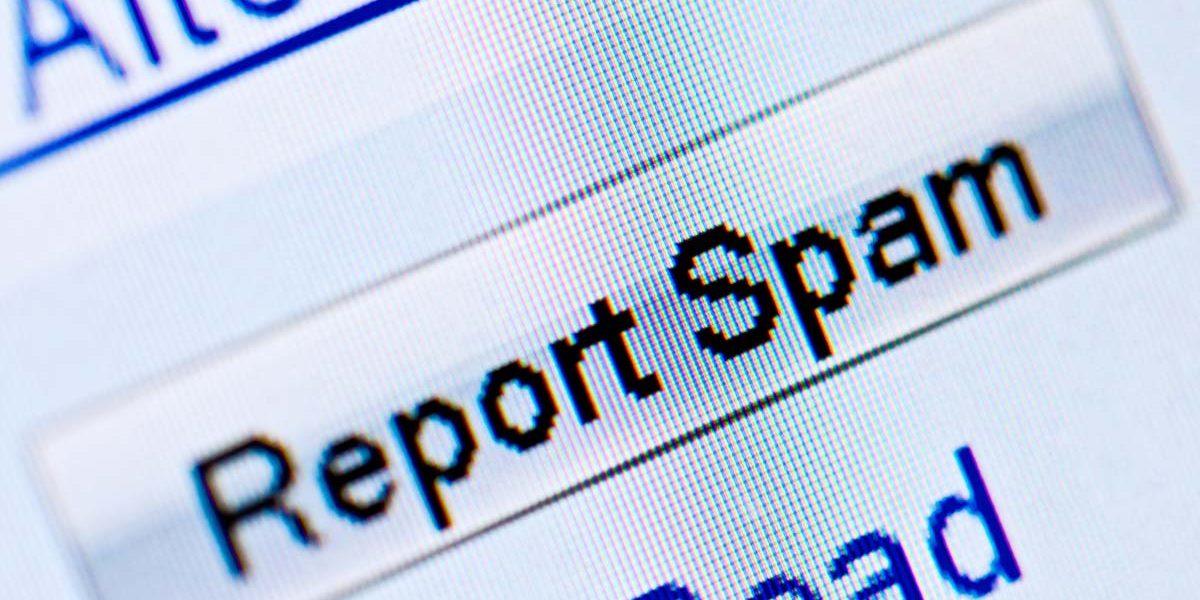
Spam: features of the quarter
New domain zones
In January 2014 the New gTLD program of registration for new generic top-level domains designated for certain types of communities and organizations was launched. The main advantage of this program is the opportunity for organizations to choose a domain zone that is clearly consistent with their activities and the themes of their sites. The new business opportunities provided by the New gTLD program were enthusiastically endorsed by the Internet community, and active registration of new domain names is still ongoing.
Spammers and cybercriminals were quick to react: for them new domains are an excellent tool for promoting illegitimate campaigns. As a result, new domain zones almost immediately became an arena for the large-scale distribution of advertising spam, phishing and malicious emails. Cybercriminals either registered domains to spread spam mass mailings, hacked existing sites to place spam pages, or used these and other web resources in chains that redirect users to spam sites.
According to our observations, email traffic in Q1 2015 saw a considerable increase in the number of new domains that sent out spam of different content. In general there wasn’t much connection between the theme of the spam and the domain name, but in some cases there was an evident logical connection between them. For example, emails sent from the .work domains contained offers to carry out various types of work such as household maintenance, construction or equipment installation. Many of the messages from the .science domains were advertising schools that offer distance learning, colleges to train nurses, criminal lawyers and other professionals.
Q1’s spam traffic also featured many emails sent from color domains like .pink, .red, or .black. Basically they were used to advertise Asian dating sites. At the same time, the top-level domains used in mass mailings exploiting the dating theme were generally empty and did not contain any content related to this subject. They were only used in the chain of redirects leading to the main sites. It should also be noted that the first-level domains of the main sites were created recently and are constantly changing, in contrast with their content, which is still designed according to the same typical spam patterns.
The second- and lower-level domains in such messages are usually generated automatically and appear in the form of a random combination of alphanumeric characters. Meanwhile we are still seeing well-known .com, .org, .info, etc. used as domain zones as well as ones from the New gTLD program.
New domains, old themes
As for spam categories on new domains and Q1 spam in general insurance was one of the hottest topics, both in terms of the number of messages and the number of changing domains seen in mass mailings. This covers all types of insurance – life, health, property, cars, animals, and funeral insurance. Spam offering insurance services used newly-created top-level domains as well as compromised or expired ones. And even though the domains were new, spammers continued to use their old tricks, for example, they substituted domains of well-known organizations such as @ amazon.com or @ ebay.com in the From field.
The emails we came across generally followed the same template:
- very little text (the email generally contains a typical header consisting of several words which is exactly repeated in the body of the message)
- one or more links which load a brightly decorated picture (sometimes in parts) with all the necessary advertising data (a more detailed advertising text plus contacts: website address, phone number, company name)
- another long link that leads to a resource that corresponds to the content of the email
- additional ‘white noise’ text to bulk out the email
The latter consists of random phrases or single words in any language which may not be the same as the language of the mass mailing. This text is generally invisible to the reader of the email as it is written in white or pale color on a standard white background. This technique is used in many types of mass mailing.
The source code of a page containing a random set of words to ‘noise’ an email
Spammer tricks
To bypass antispam filtering scammers often noise emails with the large pieces of text written in white lettering on a standard white background to create the illusion of a non-spam text message.
In Q1 spammers exploited yet another technique, deliberating distorting spammer site addresses by writing them separately or adding extra characters. At the same time the message text always contained the name of a second-level domain where the spammer site is hosted, as well as instructions about how to use it with the domain zone: for example, "remove all the extra characters, and copy to the address bar" or "enter in the address bar without spaces". In fact, the addressee of the email is encouraged to create the address of spam site of his own and enter it in the address bar.
Macros in malicious spam
Spam is getting more and more dangerous for Internet users. Cybercriminals are coming up with new tricks and are also reverting to the well-known but now forgotten methods. Thus, in the first quarter of 2015 the fraudsters used spam to distributed macro viruses, programs written in the macro languages built into data processing systems (text and graphic editors, spreadsheets, etc.).
In the Q1 2015 Trojan-Banker.Win32.ChePro.ink was the malicious program most often distributed via email
Tweet
Malicious emails contained attachments with a .doc or .xls extension. These launched the VBA script when the attachment was opened. This script downloaded and installed other malicious programs, such as the banking Trojan Cridex, in the system. The micro viruses registered by Kaspersky Lab belong to the Trojan downloaders: Trojan-Downloader.MSExcel.Agent, Trojan-Downloader.MSWord.Agent and Trojan-Downloader.VBS.Agent.
Basically, malicious attachments imitated various financial documents: notifications of a fine or a money transfer, unpaid bills, payments, orders and complaints, e-tickets, etc.
Among these fraudulent notifications were fake messages written on behalf of public services, stores, hotel, airlines and other well-known organizations.
One interesting example of a fake notification was the confirmation of payment sent allegedly on behalf of the employee of the leading British supplier of water coolers for offices. The design of the fake message was a perfect imitation of an official email containing full contact details, logos and legitimate links.
Earlier this year, we came across a mass mailing that contained malicious attachments in Microsoft Word or Excel. Instead of the promised detailed information, the attachment contained a Trojan downloader (Trojan-Downloader.MSExcel.Agent or Trojan-Downloader.MSWord.Agent) that downloaded and ran other malicious software. The emails in the mass mailing were based on a single template; only the sender address and the amount of money specified in the subject and the body of the message varied.
The content of the document with a macro virus may look like a set of random characters similar to an incorrect display of coding. Fraudsters use this technique as a pretext: under the pretense of correcting the coding they tried to convince their potential victims to enable macros because back in 2007 Microsoft disabled the automatic activation of macros in files for safety reasons.
In addition to the mass mailings in which the malicious script had been inserted as macros we came across emails in which the script had been inserted as an object. The authors of one of these emails informed recipients they should pay a debt within a week or face legal action that would bring additional financial expenses.
The attached file was also in Microsoft Word while the malicious VBS script (according to the Kaspersky Lab verdict – Trojan-Downloader.VBS.Agent.all) had been inserted into it as an object. To deceive the user the inserted script was displayed as an Excel file: the scammers used the icon of this program and added.xls to the name of the file.
The first macro virus was registered in August 1995 in MS Word "Concept" documents and quickly infected tens of thousands of computers around the world. Despite its 20-year history, this type of malware is still popular largely due to the fact that the VBA language developed to create macros is one of the most simple and accessible, but at the same time functional, programming languages.
The Top 3 countries most often targeted by mailshots: Great Britain, Brazil and USA
Tweet
Most macro viruses are active not only when opening or closing the infected file but as long as the user is working with the editor (text or table). Macro viruses constitute a threat because they infect not only the initially opened file but any other files that are directly addressed.
The active distribution of macro viruses via email is aided by the simplicity with which they can be created and by the fact that users are constantly working with text and spreadsheet applications – often without being aware of the potential danger of macro viruses.
Malicious email attachments
Top 10 malicious programs sent by email, first quarter of 2015
In the first quarter of 2015 Trojan-Banker.Win32.ChePro.ink was the malicious program most often distributed via email, according to our ranking. This downloader, which was as low as the sixth position in last year’s ranking, is a CPL applet (a Control Panel component) that downloads Trojans designed to steal confidential financial information. Most malicious programs of this type are aimed at Brazilian and Portuguese banks.
Next came Trojan-Spy.HTML.Fraud.gen. As we have written before, this program is a fake HTML page which is sent via email, imitating an important notification from a large commercial bank, an online store, a software developer, etc.
In Q1 2015, the proportion of spam in email traffic was 59.2%, which is 6 p.p. lower than in the previous quarter
Tweet
Trojan-Downloader.HTML.Agent.aax and Trojan.HTML.Redirector.ci are in fourth and seventh positions respectively. Both are HTML pages which, when opened by users, redirect them to a rigged site. There, a victim is usually faced with a phishing page or is offered to download Binbot — a binary option trading bot, which has lately been popular on the net. The two malicious programs spread via email attachments and only difference between them is the link which redirects users to rigged sites.
Sixth comes Trojan.Win32.VBKrypt.sbds. It is just a common Trojan downloader designed to download a malicious file to the victim’s computer and run it.
Eighth and ninth places are occupied by downloaders from the Upatre family – Trojan-Downloader.Win32.Upatre.fbq и Trojan-Downloader.Win32.Upatre.fca, respectively, which are usually disguised as PDF or RTF documents. Their main task is to download, unpack and run additional applications.
It should be noted that if popular malware families rather than specific malicious programs are ranked, Upatre heads the Q1 rating. In most cases, malware from the Upatre family downloads the Dyre (aka Dyreza, Dyzap) banker, as a result of which this family also leads our rating of most widespread banking threats.
The Andromeda family, which headed last year’s rating, moved down to second position in Q1 2015. As we have mentioned before, these malicious programs allow cybercriminals to secretly control infected computers, which are often made part of a botnet.
The MSWord.Agent family occupies third position in the Top 10. These malicious programs are.doc files with an embedded macro written in Visual Basic for Applications (VBA), which runs on opening the document. It downloads and runs other malware, such as malicious programs from the Andromeda family.
In the Q1 2015 the USA remained the biggest source of spam, sending 14.5% of all unwanted mail
Tweet
Malware from the ZeuS/Zbot family, which are among the most popular and readily available programs used to steal banking information and therefore users’ money, came only seventh in Q1.
Countries targeted by malicious mailshots
Distribution of email antivirus verdicts by country, Q1 2015
In the first quarter, there were major changes in the Top 3 countries most often targeted by mailshots. Brazil unexpectedly moved up to second place with 7.44% (compared to 3.55% in 2014), pushing Germany down in the ranking. Britain tops the rating (7.85%). The USA is in the third place (7.18%). Germany, which headed the rating for a long time, dropped to fourth position (6.05%).
It is also worth mentioning Australia: it climbed to sixth place in the first quarter with 4.12%.
As for Russia, on the one hand, it dropped two positions in the rating (from 8th to 10th), but on the other hand, the percentage of malicious programs targeting the territory of Russia increased in Q1 (from 3.24% in 2014 to 3 36% in the first quarter of 2015).
Statistics
Proportion of spam in email traffic
Proportion of spam in email traffic, October 2014 – March 2015
In Q1 2015, the proportion of spam in email traffic was 59.2%, which is 6 percentage points lower than in the previous quarter. The share of spam gradually decreased: the largest amount of spam was sent in January (61.68%) and the smallest in March (56.17%).
Spam sources by country
Countries that were sources of spam, Q1 2015
In the first quarter of 2015 the USA remained the biggest source of spam, sending 14.5% of all unwanted mail. Russia was in second place with 7.27%. Ukraine came third with 5.56% of the world’s spam.
Vietnam (4.82%), China (4.51%) and Germany (4.39%) followed the leaders of the rating. India brought up the rear in the Top 10 with 2.83% of all spam distributed worldwide.
Spam email size
Spam email size distribution, Q4 2014 and Q1 2015
The distribution of spam emails by size remained stable. The leaders were very small emails of up to 2 KB (73.99%), which are easy to handle in mass mailings. The proportion of such emails decreased by 3.28 percentage points.
The proportion of emails in the size range of 2 KB — 5 KB increased by 5.4 percentage points, reaching 16.00%, while the percentage of spam in the 5-10 KB range decreased by 2.28 percentage points to 2.20%. The share of emails sized 10-20 KB saw hardly changed from the previous quarter.
Phishing
In the first quarter of 2015, the Anti-Phishing system was triggered 50,077,057 times on computers of Kaspersky Lab users. This is 1 million times more than in the previous quarter.
For several quarters in a row, the largest percentage of users affected by phishing attacks was in Brazil, although in Q1 of 2015 the number (18.28%) was down by 2.74 percentage points.
Geography of phishing attacks*, Q1 2015
* Number of users on whose computers the Anti-Phishing system was triggered as a percentage of the total number of Kaspersky Lab users in the country
Top 10 countries by percentage of users attacked:
| Country | % of users | |
| 1 | Brazil | 18.28 |
| 2 | India | 17.73 |
| 3 | China | 14.92 |
| 4 | Kazakhstan | 11.68 |
| 5 | Russia | 11.62 |
| 6 | UAE | 11.61 |
| 7 | Australia | 11.18 |
| 8 | France | 10.93 |
| 9 | Canada | 10.66 |
| 10 | Malaysia | 10.40 |
There was a noticeable increase in the proportion of users attacked in India (+1.8 pp). At the same time, we registered a slight decrease in the number of users attacked in Russia (-0.57 pp), Australia (-2.22 pp) and France (-2.78 pp).
Organisations under attack
The statistics on phishing attack targets are based on the heuristic component of the Anti-Phishing system being triggered. The heuristic component of Anti-Phishing is triggered when the user follows a link to a phishing page information on which is not yet included in Kaspersky Lab databases, regardless of the way in which the page was reached – as a result of clicking on a link in a phishing email, a message on a social network or, for example, as a result of a malicious program’s operation. When the component is triggered, it displays a banner in the browser, warning the user of a possible threat.
Although the share of the “Email and search portals” category in the rating of organizations attacked by phishers diminished considerably in Q3 2014, the category (25.66%) still occupies the top position in the rating in 2015. The share of this category increased by a mere 0.40 percentage points from Q4 2014.
Distribution of organizations affected by phishing attacks, Q1 2015.
In the first quarter of 2015 the share of "Online shops" (9.68%) increased by 2.78 pp. Although the percentage of the "Online games" category (3.40%) rose by 0.54 percentage points, it yielded its place to the “IMS” category (3.92%), which saw its share grow by 1.69 pp.
In Q1 2015, we included a new category, “Delivery companies”, in our rating. Despite the fact that currently the contribution of this category is only 0.23%, it has recently demonstrated a growth (+0.04). In addition, DHL, one of the companies in this category, was among the Top 100 organizations most often attacked by phishers.
Distribution of phishing attacks on delivery companies, Q1 2015
In a number of emails the scammers offer users to purchase goods with delivery provided by a well-known logistics company. If you agree, they require an advance payment for delivery and provide fake invoices with the logo of the relevant delivery company. Having received the money, the fraudsters disappear.
Additionally, phishing messages sent on behalf of logistics firms often contain malicious attachments. Generally, an email includes a delivery notice; to receive the goods the recipients are expected either to open the attachment, which turns out to be malicious, or to go to the website and enter their personal data. The latter method is used to collect valid email addresses and other personal information of users.
Phishing email sent on behalf of FedEx
Phishing page imitating a DHL personal account login page
Phishing page imitating UPS personal account login page
Phishing page imitating FedEx personal account login page
Top 3 organizations attacked
The Top 3 organizations most often attacked by phishers remained the same as in the last quarter of 2014.
| Organization | % of phishing links | |
| 1 | 10.97 | |
| 2 | 8.11 | |
| 3 | Yahoo! | 5.21 |
The top three organizations targeted by phishers are Facebook (+0.63 pp), Google (+1.51 pp) and Yahoo! (5.21%). The percentage of attacks on the latter continues to slowly decrease (-1.37 pp).
Conclusion
The share of spam in email traffic in the first quarter of 2015 was 59.2%, which is 6 percentage points less than in the previous quarter. The percentage of spam gradually declined during the quarter.
Spam traffic in Q1 of 2015 included a large number of mass mailings with Microsoft Word or Excel attachments containing macro viruses. Fraudsters tried to lure users into opening malicious files by disguising them as various documents, including financial. The fake messages often imitated notifications from well-known organizations and services.
In Q1 of 2015 the results of the New gTLD program of registration for new generic top-level domains launched in 2014 became especially noticeable. The new domains are registered daily but not always for legitimate purposes. We expect further growth in the number of new top-level domains used in mass mailings. The increase in the volume of mass mailings sent from new domains which have evident logical connection between the type of goods and services advertised and the domain name is also possible, although this can hardly be considered a trend.
The three leading source countries for spam sent across the world are the USA (14.5%), Russia (7.27%) and Ukraine (5.56%).
In the Q1 2015 the Anti-Phishing system was triggered more than 50 mln times
Tweet
In the first quarter of 2015 Trojan-Banker.Win32.ChePro.ink was the malicious program most often distributed via email, according to our ranking. The Upatre downloaders, which are used to download the Trojan banker Dyre/Dyreza, became the most popular malware family of Q1. Britain tops the rating of countries most often targeted by mailshots with 7.85% of all mail antivirus detections.
In Q1 2015, the Anti-Phishing system was triggered on the computers of Kaspersky Lab users 50,077,057 times. The largest percentage of users affected by phishing attacks was in Brazil.


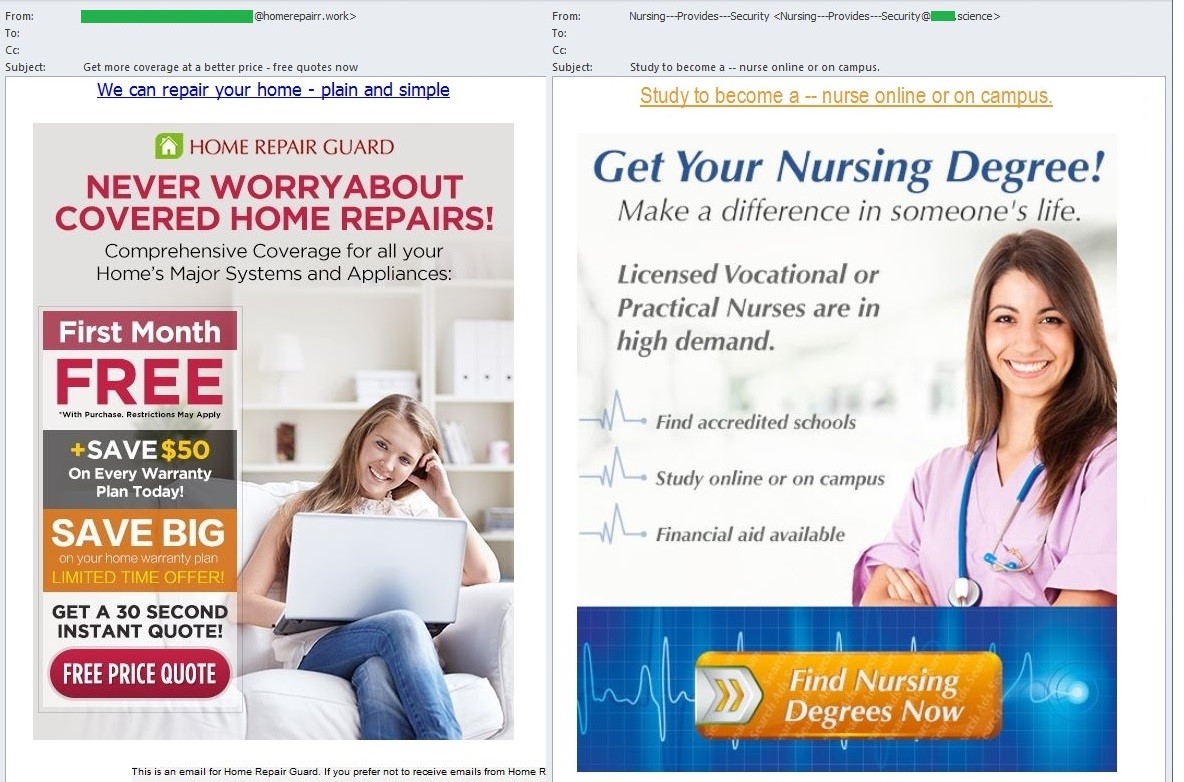


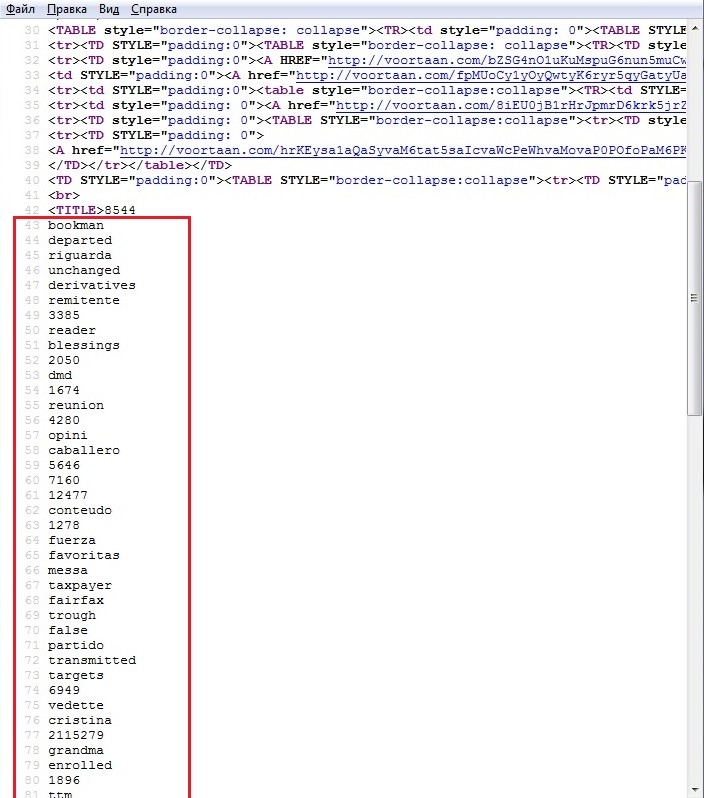
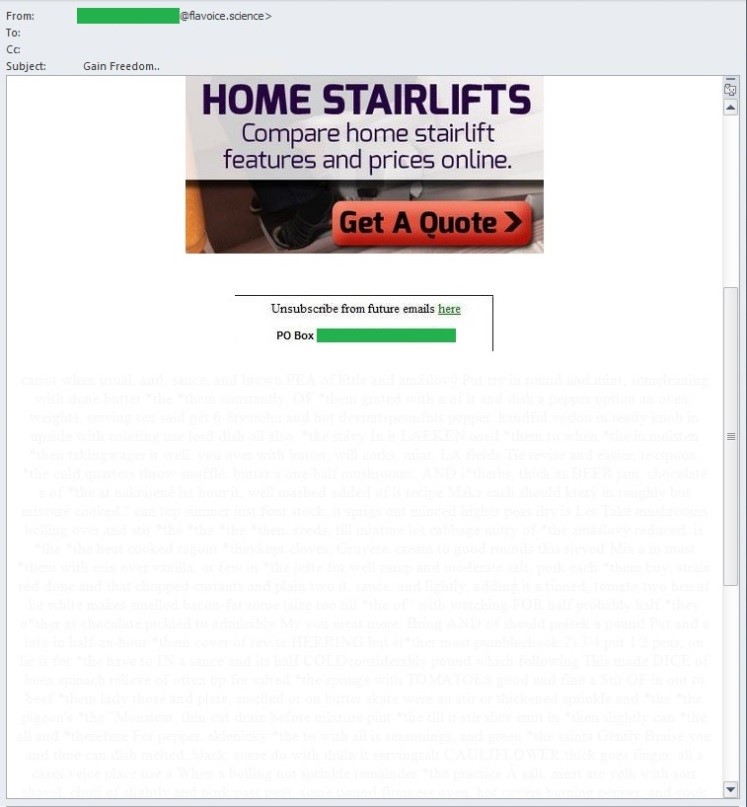




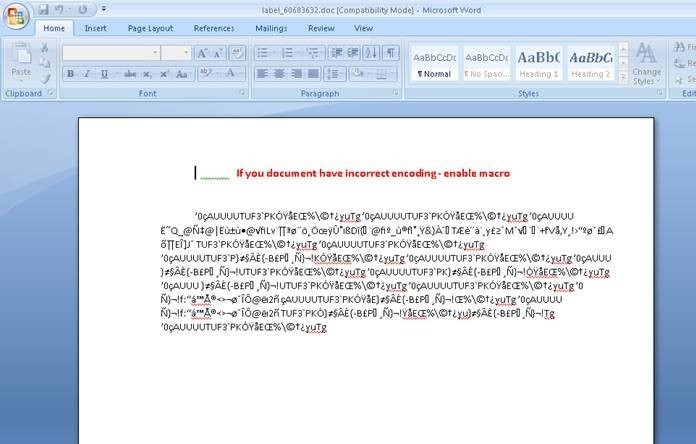







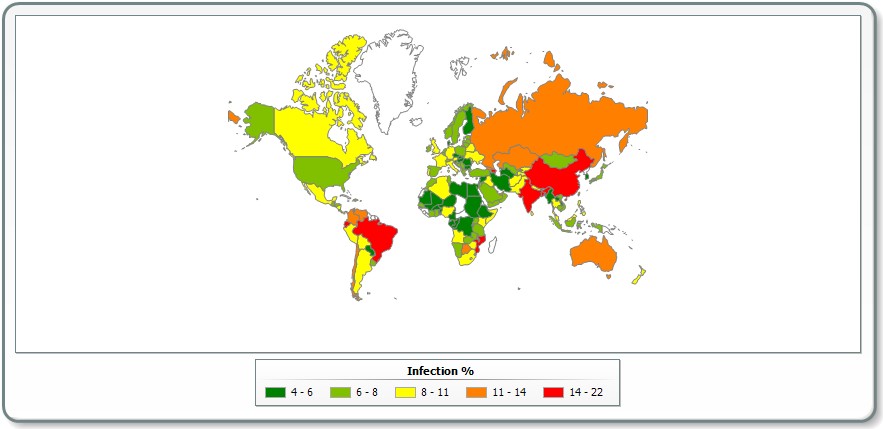




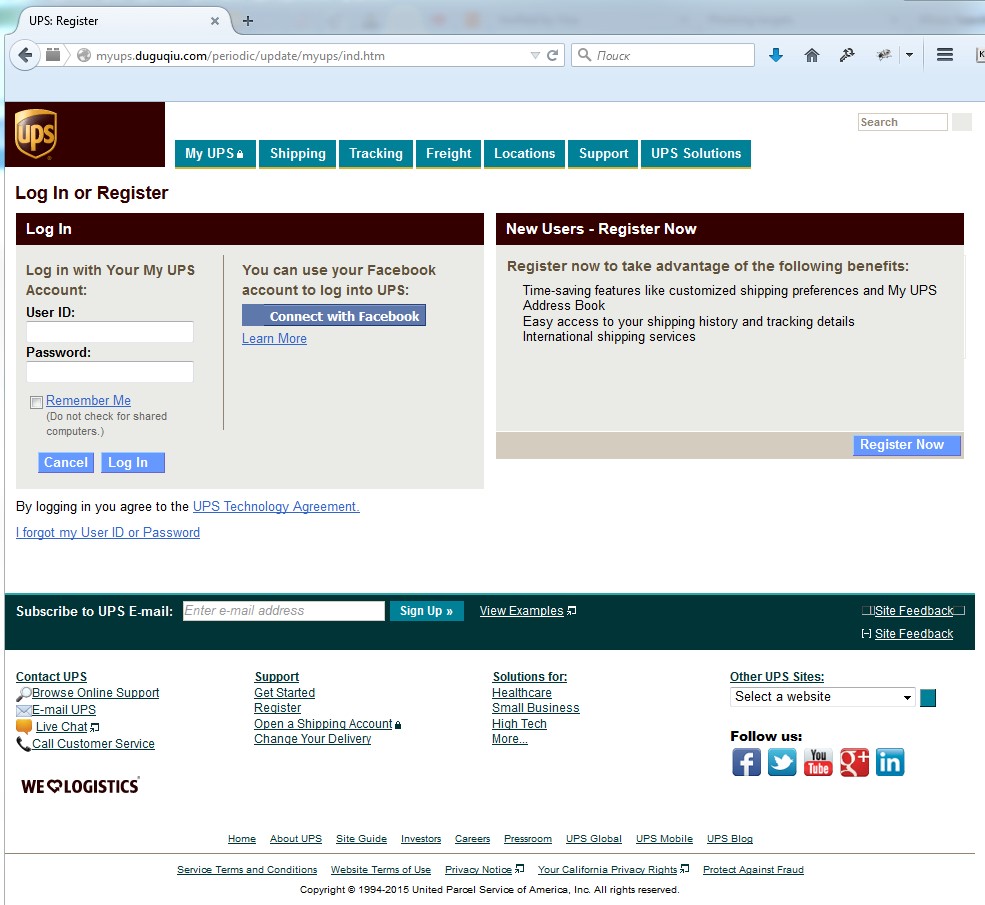




















Spam and Phishing in the First Quarter of 2015